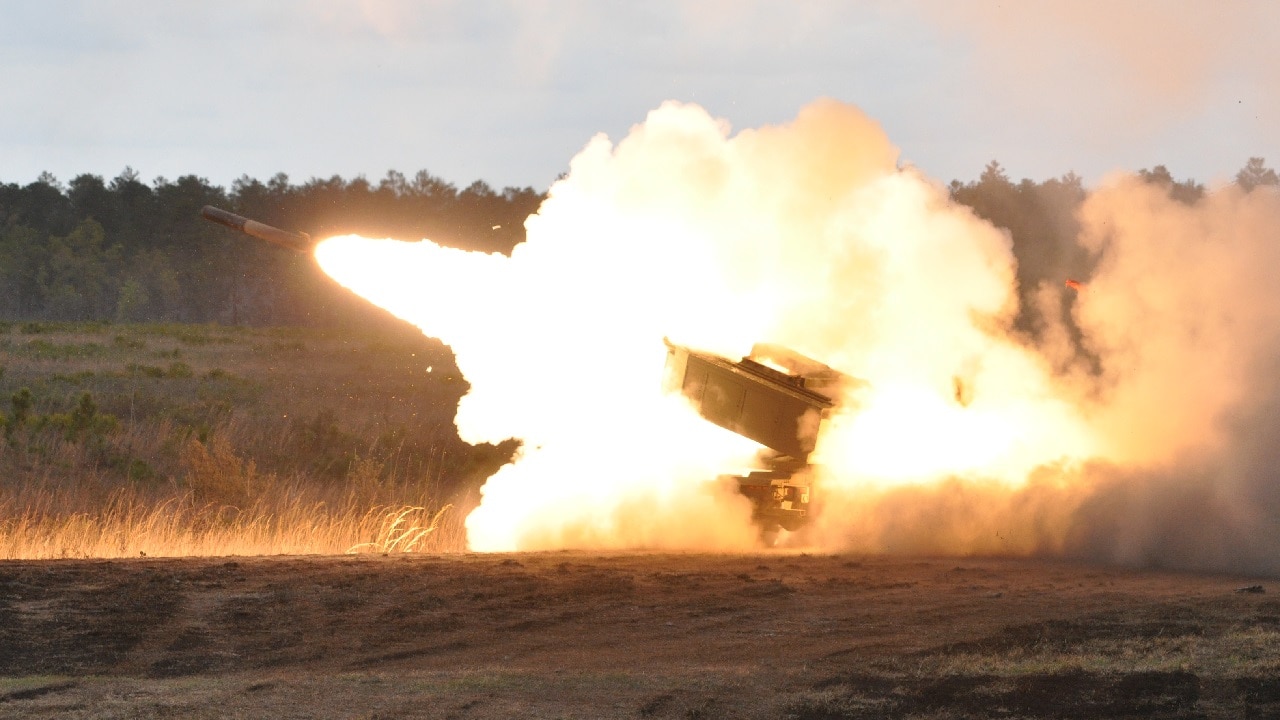U.S. Will Train More Ukrainian Soldiers: The United States Department of Defense issued an update on Thursday about plans to provide additional training for Ukrainian soldiers.
Speaking in a press briefing, Pentagon Press Secretary Air Force Brig. Gen. Pat Ryder said that the next logical step, after already providing equipment and training to Ukrainian soldiers from February of this year, would be to redouble those efforts and help grow the capacity of the Ukrainian Armed Forces.
“While there’s an understandable focus on the equipment being provided to Ukraine, training is and has been essential to ensuring Ukraine has the skilled forces necessary to better defend themselves,” Ryder said.
The Department of Defense confirmed in a statement that the United States will now provide Ukrainian soldiers with additional combined arms and joint maneuver training.
The new training is expected to begin in January, but will not occur on American soil. Instead, the 7th Army Training Command will begin teaching roughly 500 Ukrainian soldiers every month, according to Ryder, with a view to giving troops a more advanced form of training that ensures they are proficient in using increasingly advanced weapons being deployed to Ukraine.
Soldiers will be taught how to safely and correctly use HIMARS missile systems as well as NASAMS.
“You’ve heard Secretary Austin talk about that the equipment is important, but it’s how to take that equipment and apply it in the field in a way that’s going to enable you to do combined arms and achieve decisive effects on the battlefield,” he said. “This training will contribute to that,” Ryder said.
Students are expected to be given a combination of classroom and live-fire training over a period of weeks, which will ultimately lead to a battalion-level field exercise.
Ryder also confirmed on Thursday that the nature of the training could change depending on Ukraine’s requirements – possibly a nod to rumors that Patriot missile systems could soon be delivered to Ukraine. If those rumors turn out to be true, Ukrainian soldiers will need to be trained to use the equipment safely.
Pentagon Official Describes “Heightened Urgency” For Training
Deputy Assistant Secretary of Defense for Russia, Ukraine and Eurasia Laura Cooper described a “heightened urgency” for the advanced training of Ukrainian soldiers during an interview with VOA on Thursday.
Cooper described how today’s conflict in Crimea is a “completely different ballgame” than in 2014 when the United States first started training Ukrainian soldiers following the Russian invasion of Crimea.
While Cooper described the proficiency of Ukrainian soldiers on the battlefield as “amazing,” she also suggested that Russian forces are likely to attempt new offensives in the new year.
“I think some people think about the winter as a time to rest and refit. But we don’t see any sign that the Ukrainians are going to hold up and we certainly would expect that the Russians may try to also advance,” Cooper said.
With a potential new offensive on the card just months from now, Ukrainian soldiers have time to train and the United States also has time to deliver new, more advanced weapons systems to Ukraine.
Jack Buckby is 19FortyFive’s Breaking News Editor.

